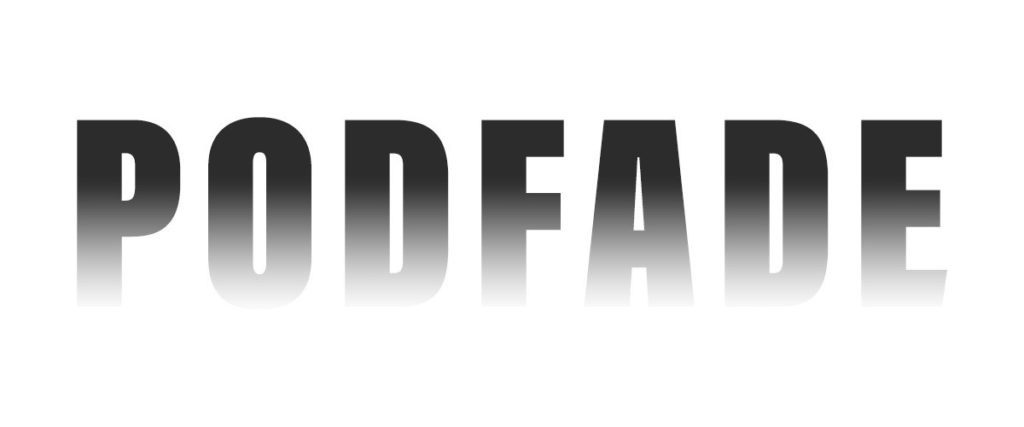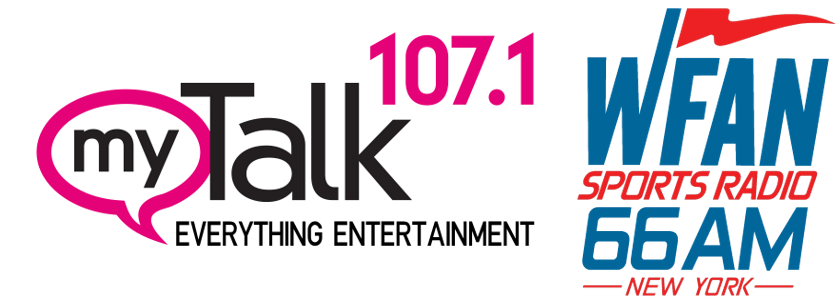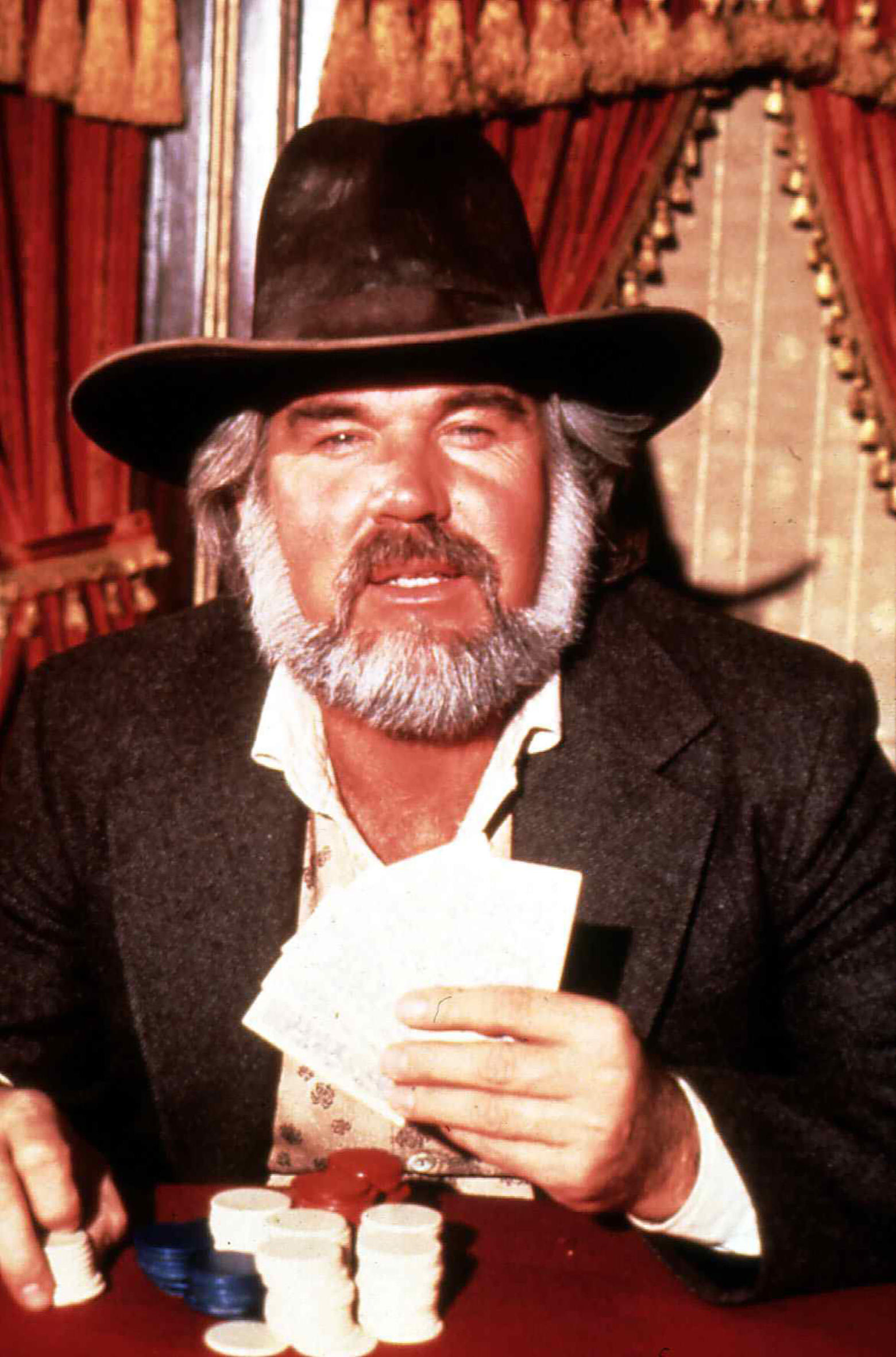
There’s a nasty word that represents a fear every podcaster faces at one time or another.
Podfade.
It’s what happens when a podcast begins to lose regularity or just drops off and dies. And it’s very common malady many podcasters inevitably confront. Oftentimes, podfading is associated with a loss of interest, poor downloading activity, or monetization problems. And the net effect is that a once-promising podcast ceases to exist and disappears.
Its origin is attributed to Scott Fletcher who ended up shutting down two podcasts. As he explained to Wired, “I liken it to losing interest in a hobby and then coming up with the reasons you don’t have time anymore.”
That’s all well and good when you’re playing a game, but when you’re in a high stakes business challenge, throwing in the towel comes with serious implications.
However, podfading isn’t just a problem associated with on-demand audio. In fact, it’s a phenomenon that affects many types of projects, ventures, or endeavors. And those of us in radio know the syndrome all too well, albeit with other names.
Formatfade.
Morningshowfade.
Eventfade.
And these days, we could add new initiatives to the list. That’s because more and more broadcasters start initiatives that are considered cutting edge or even innovative. But a lack of effort, persistence, and resources often conspire to begin the fading process.
New ventures are started with the best of intentions. Press releases go out and there’s much fanfare. And yet, what was once deemed a great idea  becomes just another sad failure. Malcolm Gladwell – a successful podcaster, among other things – has said it requires 10,000 hours to become proficient at anything – whether we’re talking horseback riding, playing the piano, or podcasting. Yet, very few have the stick-to-it-tive-ness to stay the course, and see a project through to its success.
becomes just another sad failure. Malcolm Gladwell – a successful podcaster, among other things – has said it requires 10,000 hours to become proficient at anything – whether we’re talking horseback riding, playing the piano, or podcasting. Yet, very few have the stick-to-it-tive-ness to stay the course, and see a project through to its success.
Looking back on it, that was the fate of HD Radio in its first incarnation. The radio broadcasting industry initially got behind the new platform as the majority of radio companies joined in, committing air time to promoting the concept. But many things went wrong, not the least of which was a larger tech explosion that started with the iPod and moved right into smartphones, streaming music services, and the growth and maturation of SiriusXM.
Meantime, most HD Radio programs at the station or cluster level started with some degree of enthusiasm only to be met with the onset of HDRadiofade. As initial efforts failed or met with crickets from the audience, and the economy began to crater, broadcasters simply lost interest in the initiative. Much finger-pointing has ensued, but to iBiquity’s (and then DTS and Xperi) credit, relationships were formed with automakers and their Tier 1 suppliers, enabling HD Radio penetration to grow, in spite of the radio industry’s indifference or lack of faith.
 A great radio format example is myTalk – Hubbard’s female targeted talk station (KTMY) in its home markets of Minneapolis/St. Paul. WFAN also comes to mind, the first foray into sport talk that had an auspicious start. Yet, the Emmis team stuck with it.
A great radio format example is myTalk – Hubbard’s female targeted talk station (KTMY) in its home markets of Minneapolis/St. Paul. WFAN also comes to mind, the first foray into sport talk that had an auspicious start. Yet, the Emmis team stuck with it.
In each case, these stations went through pivots, reboots, personnel changes, and a great deal of research before finally finding their sweet spots. And both are highly successful in their markets today.
Sadly, they are exceptions. In hundreds of other cases, formats are flipped due to boredom, a loss of faith, sales grumbling, and other and other emotional factors that conspire to doom promising projects. Similarly, personality shows and events often suffer the same fate – often because of a lack of commitment and grit. Rather than solving an existing problem, it is so much easier to push the plunger, blow up the existing product, and start from scratch. Inevitably, that often costs more money, time, and suffering, often with no better results.
There are lessons to be learned here as the economy improves, and technology careen into even more exciting new areas, including podcasting, automotive connectivity, data, and video – all of which radio broadcasters are pursuing in one way, shape or form. Many broadcasters are eager to take a stab at initiatives and projects that once seemed foreign and even impossible. You have to applaud that spirit, because it’s been missing in action for so many years in the radio business.
But how to prevent the fade?
The old Kenny Rogers song and hit movie, “The Gambler,” perhaps said it best:
“You’ve got to know when to hold ’em, know when to fold ’em, know when to walk away, know when to run.”

Easier said that done. Because it’s both an art and a talent to know when to stay with a challenging project – and when to pull the plug.
Hindsight being 20:20, it’s easy to look back on the many incidents in radio markets big and small, and second guess decisions.
On a company by company basis, nothing deflates a staff quite like a once-promising initiative that suddenly gets pulled – often without notice – leaving employees and customers alike trying to understand a business decision made several pay grade levels higher.
Failure is inevitable. And as many business gurus philosophize, it can actually be a healthy thing. Just about everyone fails at least once before ultimately cashing in. The term “Fail Fast” has become fashionable because it promotes risk-taking in a fast-moving, unsettled environment where much is unknown.
But to that end, perhaps “Plan Better” might be a good antidote. Because if mature companies, startup teams and managers did a better job on the front end doing their homework, weighing the upsides and downsides, and planning for different eventualities, various forms of podfading would become considerably less common in radio circles.
Podfading doesn’t just happen with new technologies – it’s a malady that every business venturing into uncharted waters faces.
It’s often avoidable, but it requires a strong, honest team willing to speak truth to power.
And it requires executives who know what they don’t know, and are willing to learn about new places and new spaces.
Most podcasters have been through the podfade, and it’s not a very proud or happy time.
Most broadcasters have experienced different types of blowouts, still births, and disappointments.
The best of the best seem to find a way to know when to hold ’em and know when to ‘fold em.
Here’s wishing you much success in that new venture.
Hang in there.
- What To Do If Your Radio Station Goes Through A Midlife Crisis - April 25, 2025
- A 2020 Lesson?It Could All Be Gone In A Flash - April 24, 2025
- How AI Can Give Radio Personalities More…PERSONALITY - April 23, 2025




Leave a Reply